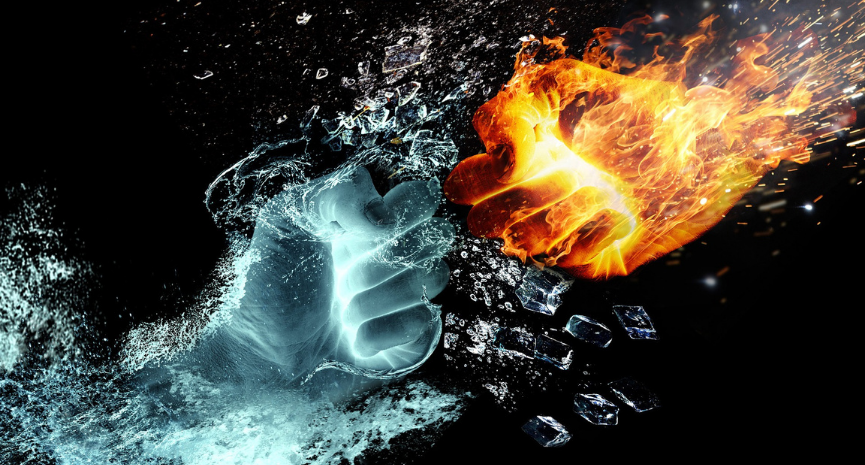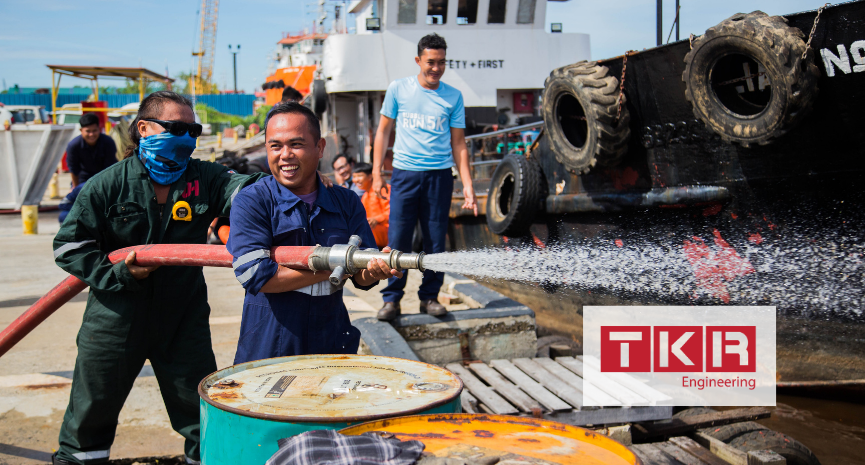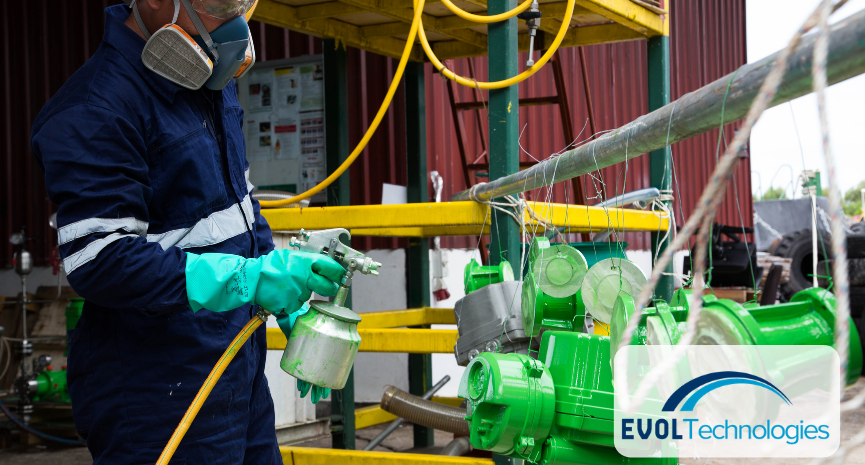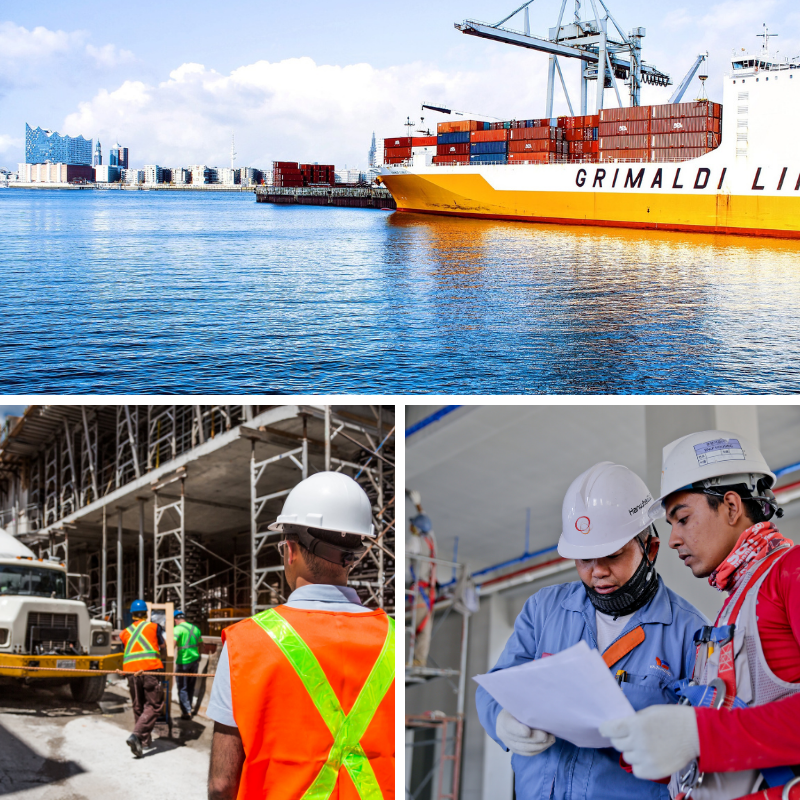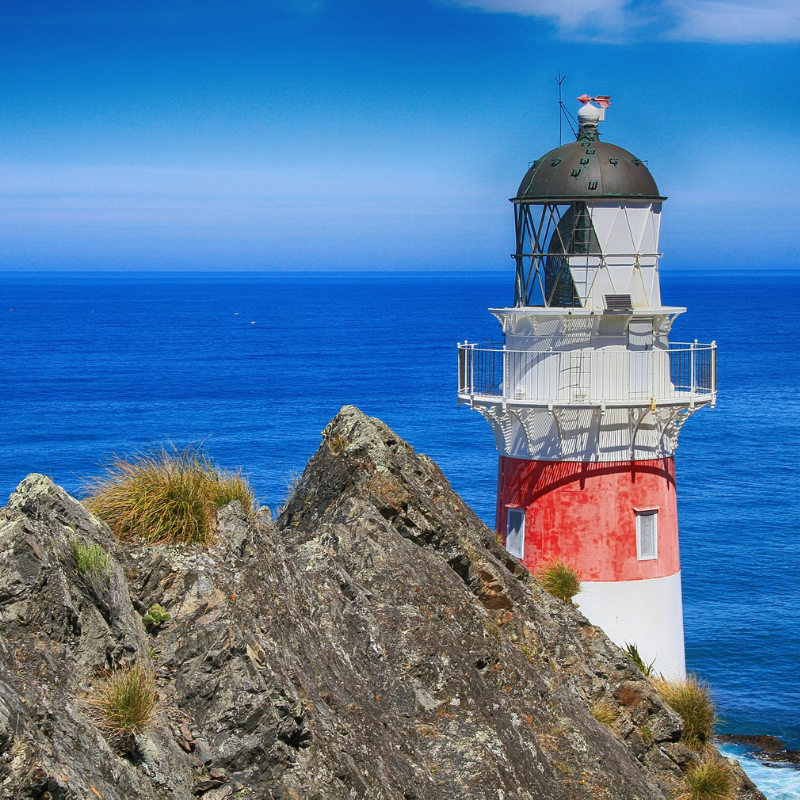How The Latest PPE Cooling Technology Can Help Its Wearers
Cooling technology for PPE has been around for ages. The very same cooling technology for PPE has been the subject of research for many scientists. It is no myth that wearing PPE does make the wearer feel uncomfortable and hot. To reduce some of that heat, researchers and scientists are trying to find ways to reduce it. That is why they came up with cooling technology for PPE.
Scientists and researchers have come up with various ways to help wearers feel less heaty and more comfortable while at work. For many years, these researchers and scientists have come up with creative ways and ideas to help alleviate the heat. In this article, we will talk about cooling technology in PPE and what has been done.
Heat Risks In PPE Items
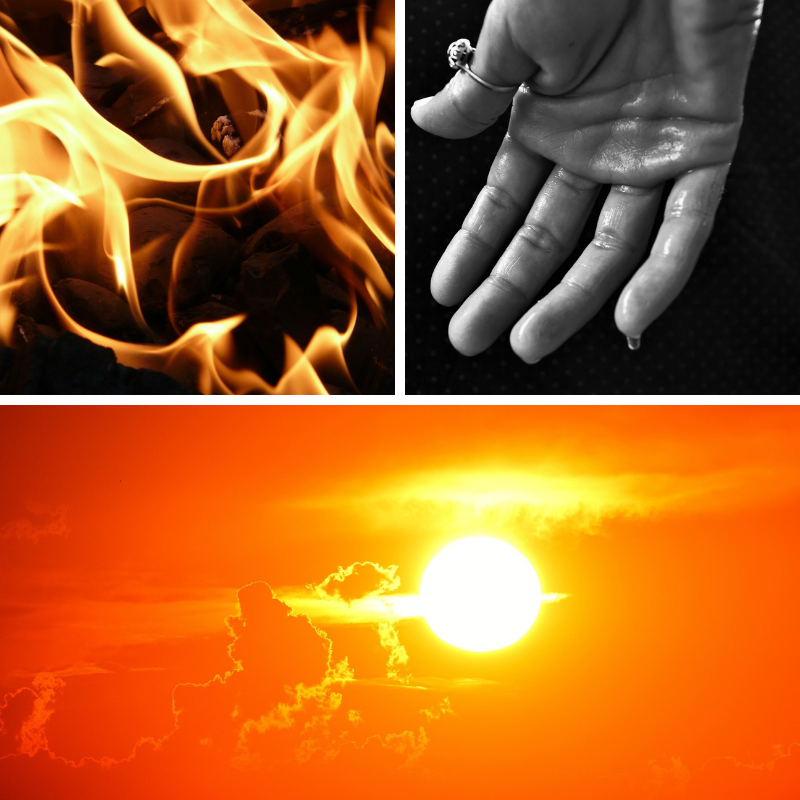
One of the common problems faced by PPE wearers is a heat-related illness. Heat-related illnesses are usually caused by working in high temperatures, high humidity or direct sun for a long period of time.
A lot of outdoor workers suffer from heat-related illnesses every year. On top of that, many workers die from heat-induced illnesses from PPE each year. In just 2010 alone, 30 workers who wear PPE died from heatstroke.
In heaty environments, the body releases excess heat to maintain a stable internal temperature. The human body does so by circulating blood to the skin and through sweating. If your body cannot get rid of the excess heat, it will store it. Furthermore, your body’s core temperature rises and the heart rate increases.
When your body continues to store heat, you will begin to lose concentration and have problems focusing on a task. You may even become irritable or sick, and may often loses the desire to drink water. It can then follow by fainting and even death. Those can happen if the person does not cool down fast enough (OSHA Fact Sheet).
Heat stress can lead to many different conditions. It can include, but not limited to:
- Heat stroke
- Or heat exhaustion
- Heat syncope
- Or heat cramps
- Heat rash
Prevention of heat stress in your employees and ground workers is definitely important (CDC Heat Stress).
How Heat Risks in PPE Are Reduced

There are quite a few ways PPE heat can be reduced. For example, cooling vests can provide a cool layer close to the skin that readily absorbs body heat. It helps keep the wearer’s body temperatures within a safe range. Lower body temperatures can lead to less water and electrolyte loss via sweating. Generally, cooling vests can preserve safe body temperatures, which helps decreases the risk of heat illness.
Back in 1988, the NAVY carried out a study of cooling vests including one that uses frozen gel packs. This particular vest was tested through several channels that include:
- Rectal and skin temperature
- Heart rate
- Oxygen uptake
- Sweat rate
During the employees’ work activities in hot environments, the vest showed people how it is kept all parameters at statistically significant lower thresholds than the usual controls. However, the vests only preserved their veracity for about two hours before having to replace the gel packs with new frozen ones (Pimental, 1992).
Other Related Researches
Another more recent research study completed in 2008 tested the effects of multiple personal cooling equipment devices. It was carried out on the alleviation of heat strain in high-temperature work areas. There were up to at least 8 testing conditions:
- The control (wearing no cooling products)
- Neck cooling scarf “A”
- Neck cooling scarf “B”
- Frozen gel-pack brimmed hat
- Cooling vest
- Various combinations of these items
Results showed that the rectal temperature was efficiently maintained. At the same time, overall skin temperature and heart rate become more stable when participants wear this personal cooling equipment. The researchers came to the conclusion that the combination of the cooling vest, a cooling scarf, and the brimmed gel-pack cooling hat showed a substantial amount of heat stress elimination. It comes up to a total cooling area of 4.2% of the body surface area as compared to only 3.3% when just a vest was worn (Choi, 2008).
More Research Pertaining to PPE Cooling Technologies
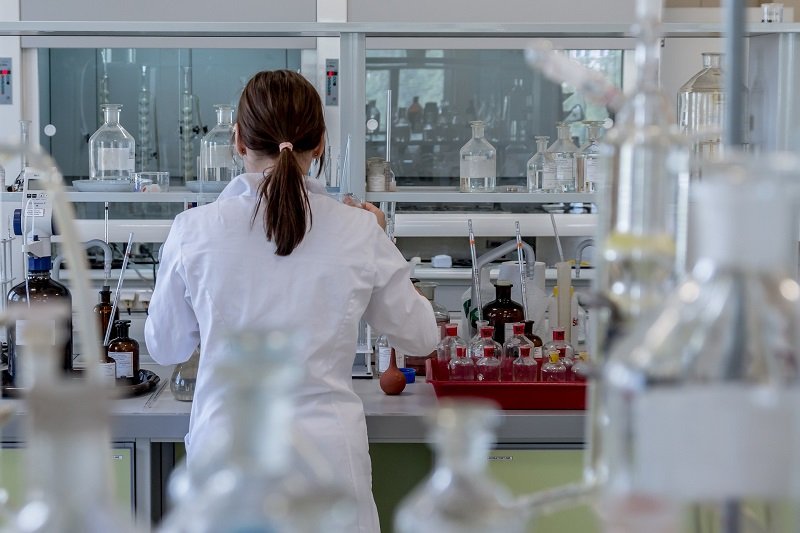
A more recent study shows that cooling collars alone can actually increase the risk. Researchers verified the hypothesis that cooling the neck region can greatly improve exercise ability while working in hot environments. Athletes who also have participated in this very same study completed four running tests inside an environmental chamber.
The same athlete participants wore a cooling-gel collar in the first round of tests. However, not in the second round though. Time to exhaustion, heart rate, rectal temperature, neck skin temperature, rating of perceived exertion, and thermal sensation were used to carry out the measurement. The researchers came to a final decision that the participants who wore the cooling-gel collars are able to exercise 13.5% longer on average before reaching their maximum level of exhaustion. This is due to the cooling collars dampened the perceived levels of thermal strain.
Despite these observations of relief, their extended effort did not reduce rectal temperatures or heart rates. It may potentially increase the risk of heat-related illness (Tyler, 2011).
The Occupational Safety and Health Administration (OSHA), National Institute for Occupational Safety and Health (NIOSH), Center for Disease Control (CDC), other similar safety government agencies, industry and employee groups agree that working in environments with high temperature and humidity is can be hazardous. As a result, there have been rules and regulations to lessen and decrease this risk. NIOSH has further stated that management should:
Provide auxiliary body cooling vests or suits for cleaning the sniff (vent), maintenance work, or any other activity that occurs in high heat exposure areas.
What Manufacturers Have To Say

Manufacturers further state that cooling vests:
Maintains a comfortable temperature even in the most extreme heated environment (by) absorbing heat generated by the wearer.
On top of that, manufacturers claim that cooling vests also offer great relief for all of the clear symptoms of heat stress.
Safety and health experts believe that workers will be less prone to developing heat illness if they use cooling vests while working in hot and humid environment. The manufacturer, RPCM, states that its cool vests will endure thermally stable at 59 °F (15 °C) for hours to help keep body temperature at normal levels. TuffRhino’s evaporative cooling vests help remove body heat for (on average) 5 hours to 10 hours depending on the humidity in the atmosphere.
All MiraCool products use permeable crystals to retain water. Using evaporative cooling methods for up to 2 days before re-soaking the products is suggested.
Conclusion
The bottom line is that PPE manufacturers understand very well that it can generate heat easily. These heats are generally generated via body heat of the wearer. Having said that, there are researchers and scientists have come up with ways to reduce the heat generated and trapped in the wearer’s PPE gears. These researchers and manufacturers have worked together to create PPE that helps with heat reduction, which can further reduce the heat trapped.
Articles That May Interest You
4 Benefits of Structural Steel

